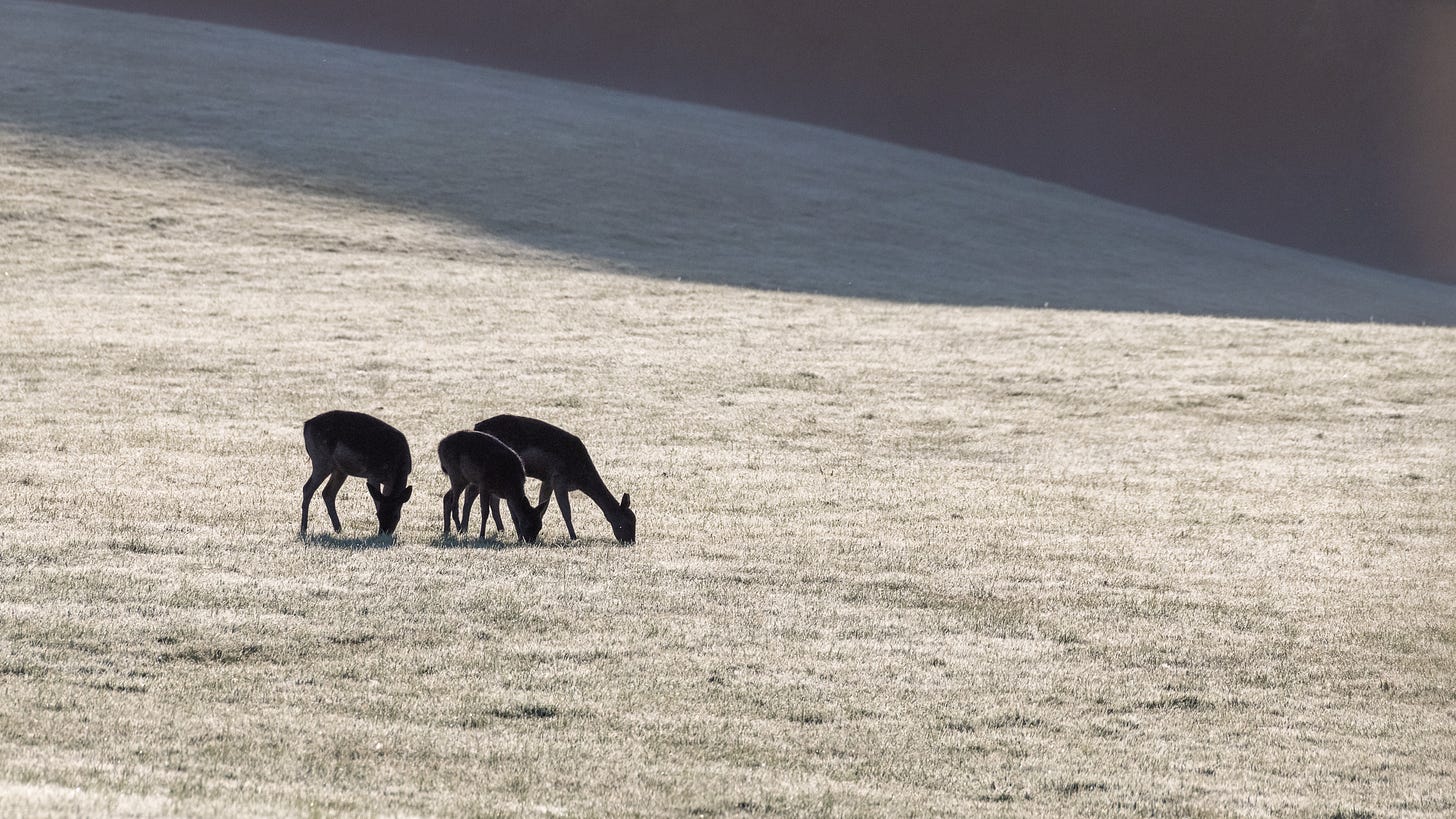Smaller-Scale Rewilding - Definitions & Models
Mass market rewilding underpins LettsSafari parks - and can make the climate difference.
LettsSafari parks use rewilding as a core ecological infrastructure technology, and we pioneered smaller-scale rewilding - starting in 2006. As a, part of this series we take a look at the key definitions for rewilding in general, and smaller-scale rewilding more specifically, before examining the various models that make up this popular type of rewilding.
The dictionary definition states that 'rewild' is a verb. The gerund or present participle is rewilding. It means to 'restore (an area of land) to its natural uncultivated state (often used with reference to the reintroduction of species of wild animal that have been driven out or exterminated)'.
According to the organisation Rewilding Europe, 'rewilding is a progressive approach to conservation. It's about letting nature take care of itself, enabling natural processes to shape land and sea, repair damaged ecosystems and restore degraded landscapes. Through rewilding, wildlife's natural rhythms create wilder, more biodiverse habitats'.
Rewilding’s macro-habitats include wild grassland, open scrub, waterways and woodland/forest. They, in turn, support hundreds of different micro habitats.
Smaller-scale rewilding is a rewilding project from garden-scale up to 250 acres. We believe that it will extend up to 500 acres.
Done correctly, it achieves three key objectives:
1. Removing carbon (mostly by absorbing it back into the soil)
2. Growing wildlife populations
3. Growing natural plant and tree life.
Smaller-scale rewilding is more technical, focused around specific climate objectives and is the mass market approach to rewilding. It can be practised by anyone. Smaller-scale rewilding tends to attract smaller wildlife and, where relevant, adopts smaller herbivores.
”We segment smaller-scale rewilding into a number of different models.”
Even though they follow the same basic approach and types of habitats, each require different ecosystem design and different techniques. They include:
- garden - large (typically 1-10 acres)
- garden - small (less than 1 acre)
- green roof
- terrace garden
- kitchen garden or allotment
- verge
- roundabout
- small park (10-25 acres)
- medium park (25-75 acres)
- large park (75+ acres).
The major difference between the 'park' model (the bottom two) and the other approaches listed above is that park spaces can be big enough for herbivores to roam freely. They require a minimum 4ft high perimeter fence.
Each of the above models have been established at LettsSafari’s rewilding centre at Mamhead Park South in southwest England. Each model will be explained in detail at LettsSafari +.
Alongside the above standard models for smaller-scale rewilding we have identified the following themed approaches for park-scale rewilding that include:
- riverway
- lake
- valley
- seaside
- mountain
- moor
- forest
- urban.
Even though the basic ecosystem design is similar across all types of smaller-scale rewilding models the themed approach takes into account an overriding feature, which naturally dominates the habitats and the overall ecosystem surrounding it and, as a result, skews the ecology of the overall project. We will examine the above models in more detail over the coming months.
LettsSafari is aiming to make rewilding accessible to anyone: In your backyard, work, school and in the community. The LettsSafari Network of parks is spreading rewilding and biodiversity across the UK. We hope you will join us.
Get more LettsSafari updates and wildlife photos from our twitter. And read the latest posts at the LettsSafari + website.







